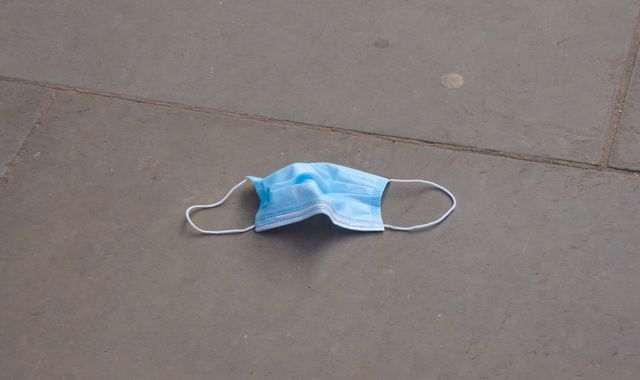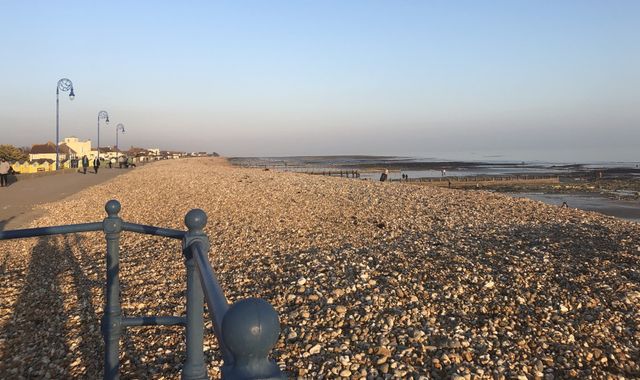No bubbly, no banners as Tories play down local election results
Written by News on 06/05/2017
The local elections have comprehensively proven that all politics, is, well, not local.

Major constitutional convulsions in Scotland and with Europe have been the inescapable backdrop to a set of local results that have more to do with Barnier than bin collection.
It is stunning to see an incumbent Government putting on seats and entire councils.
It is frankly extraordinary that the Conservatives mayoral candidate Andy Street won in the Labour stronghold of the West Midlands, but we had begun to expect it.
It is pushing political absurdity for Labour to lose the Tees Valley to a Tory who promised to use mayoral funds to buy the local airport.
And yet the job at hand all day for the men and women in blue, has been to play down the results. No banners and no bubbly.
A practically funereal PM toured a Brentford factory to try to argue that the results meant nothing as regards the General Election.
But it does, it really does. Most importantly because it clearly reveals the fundamental axis of the upcoming General Election.
The absolute collapse of the UKIP vote in the aftermath of Article 50 is one thing. The fact that the bulk of it is going to the Conservatives is something that seemed apparent from the polls.
Today, it became very real. It is now highly realistic to suggest the Conservatives are on course to gain between two and three million votes from UKIP 2015 voters.
In Labour council seats in Warwickshire, Cumbria, and especially Derbyshire, the UKIP vote halved or more, and the Conservatives hoovered them up.
Derbyshire, despite having no UKIP seats before or after the election, saw the collapse in the UKIP vote contribute to an incredible 19-seat swing from Labour to the Conservatives.
In Dronfield, which celebrates its heritage in coal mining, one of the council seats swung Conservative.
This is in the Commons seat of North East Derbyshire, on the Tory target list.
In the village newsagent the local paper was wrapped in a four page Conservative advert, with Theresa May and Brexit talks on the front page and talking up Jeremy Corbyn’s chances on page two.
The locals in this Leave area were mainly mentioning Jeremy Corbyn as a reason why they feel the Tory tide is coming – in a seat that has been Labour since 1935.
For the same reasons, the Liberal Democrats failed to make headway in the South West – the fightback has now stalled.
Lib Dem targets need not just to swing back voters lost in 2015 but also more to make up for the UKIP vote turning blue.
Wales held up a little less badly for Labour, but in Scotland there was polarisation between Conservative unionists and the SNP.
The extent of parliamentary gains for the Conservatives in June in Scotland still unclear.
These are big currents. But most assuredly it is now rather difficult to suggest that Britain is heading for a "coalition of chaos".
Indeed, the real coalition appears to be of voters on the right, delivering a large majority to Theresa May.
The question is whether this reality will fundamentally change either the Labour or Lib Dem strategy.
It was something that very much surprised Conservative strategist Lynton Crosby in 2015. Why didn’t Labour change strategy? Will they in 2017? Will it be enough, even if they could?
There is less than five weeks to go.
(c) Sky News 2017: No bubbly, no banners as Tories play down local election results





